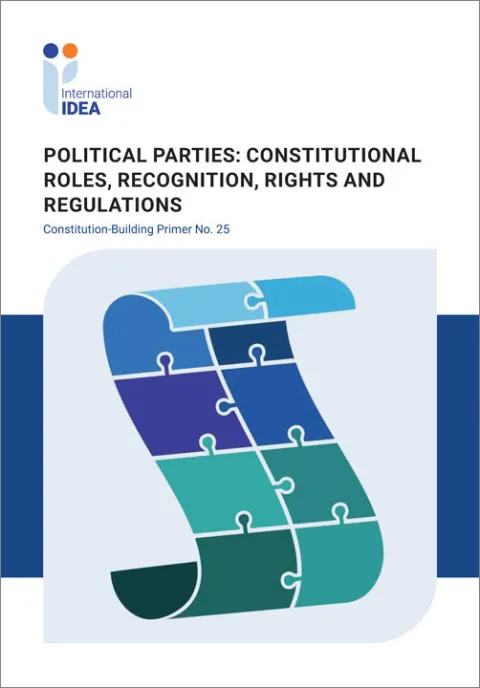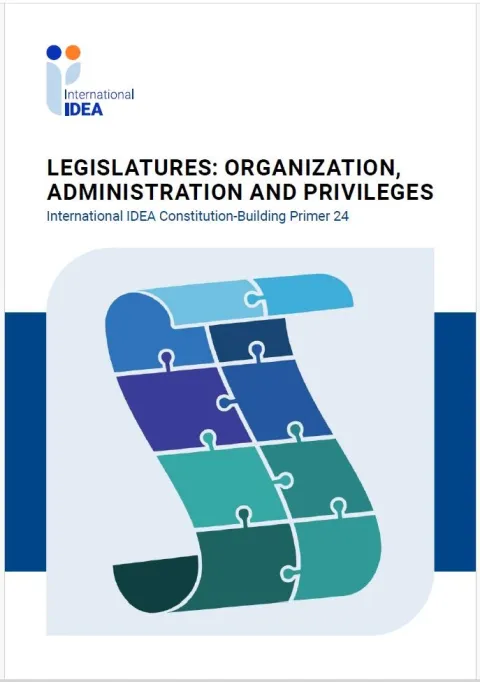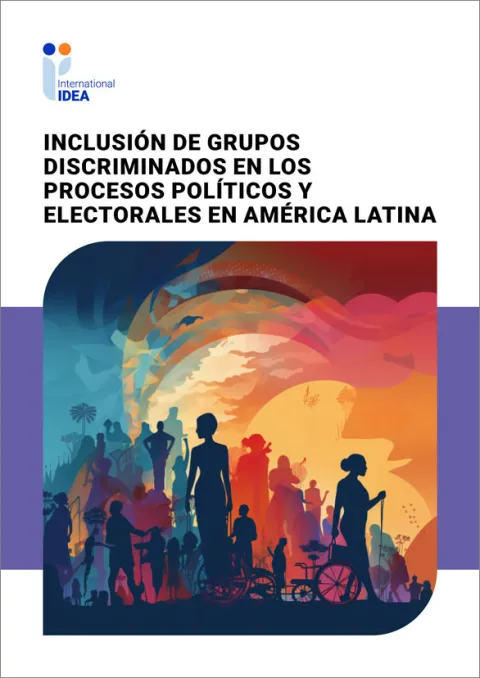New Forms of Political Party Membership
Political parties have traditionally aimed to create large memberships to sustain and advance the objectives of their political platforms.
This way parties became the main vehicle for political activism and the gatekeepers for political representation. Membership was based on active participation in the activities of the party and in some cases on paying a fee to finance the party. Today, many parties still boast large traditional memberships, yet a trend of decreasing numbers is observed globally.
While formal membership is decreasing, new forms of political party membership are being introduced. These new forms involve new types or levels of membership that require less commitment, or do not include any payment of fees.
This Primer analyse these new forms of political party membership and presents how different parties and contexts have given birth to different ways of engaging citizens in the party’s life.
Details
Contents
1. Introduction
2. What is the issue?
3. Perspectives on new forms of party membership
4. How do new forms of party membership work?
5. Issues to consider before renewing or updating party membership models
6. Conclusions
References
About International IDEA
Give us feedback
Do you have a question or feedback about this publication? Leave us your feedback, and we’ll get back to you
Send feedbackNew Forms of Political Party Membership

| Total views | 18721 |
|---|---|
| Downloads | 278 |
| Rating |
Give us feedback
Do you have a question or feedback about this publication? Leave us your feedback, and we’ll get back to you
Send feedback










